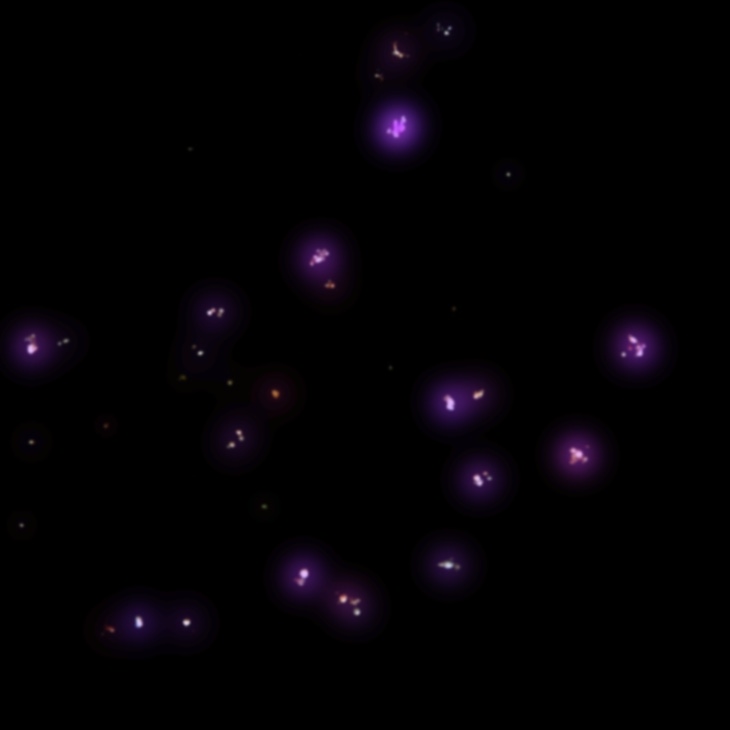Nobelium
102
No
Group
n/a
Period
7
Block
f
Protons
Electrons
Neutrons
102
102
157
General Properties
Atomic Number
102
Atomic Weight
[259]
Mass Number
259
Category
Actinides
Color
n/a
Radioactive
Yes
Named after of Alfred Nobel, Swedish chemist who discovered dynamite and founder of the Nobel Prizes
Crystal Structure
n/a
History
Nobelium was discovered by Albert Ghiorso, Glenn T. Seaborg, John R. Walton and Torbjørn Sikkeland in 1958 at the University of California, Berkeley.
It was produced by the bombardment of curium with carbon atoms.
It was correctly identified in 1966 by scientists at the Flerov Laboratory of Nuclear Reactions in Dubna, Soviet Union.
It was produced by the bombardment of curium with carbon atoms.
It was correctly identified in 1966 by scientists at the Flerov Laboratory of Nuclear Reactions in Dubna, Soviet Union.
Electrons per shell
2, 8, 18, 32, 32, 8, 2
Electron Configuration
[Rn] 5f14 7s2
Nobelium is a divalent ion in aqueous solution
Physical Properties
Phase
Solid
Density
- g/cm3
Melting Point
1100.15 K | 827 °C | 1520.6 °F
Boiling Point
-
Heat of Fusion
n/a kJ/mol
Heat of Vaporization
n/a kJ/mol
Specific Heat Capacity
- J/g·K
Abundance in Earth's crust
n/a
Abundance in Universe
n/a

CAS Number
10028-14-5
PubChem CID Number
n/a
Atomic Properties
Atomic Radius
-
Covalent Radius
-
Electronegativity
1.3 (Pauling scale)
Ionization Potential
6.65 eV
Atomic Volume
-
Thermal Conductivity
0.1 W/cm·K
Oxidation States
2, 3
Applications
Nobelium is used for scientific research purposes only.
Nobelium is harmful due to its radioactivity
Isotopes
Stable Isotopes
-Unstable Isotopes
248No, 249No, 250No, 251No, 252No, 253No, 254No, 255No, 256No, 257No, 258No, 259No, 260No, 261No, 262No, 263No, 264No